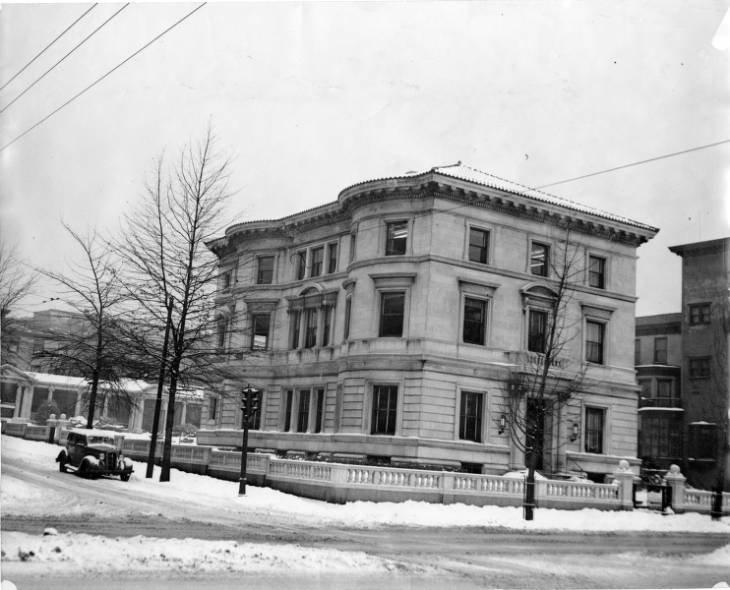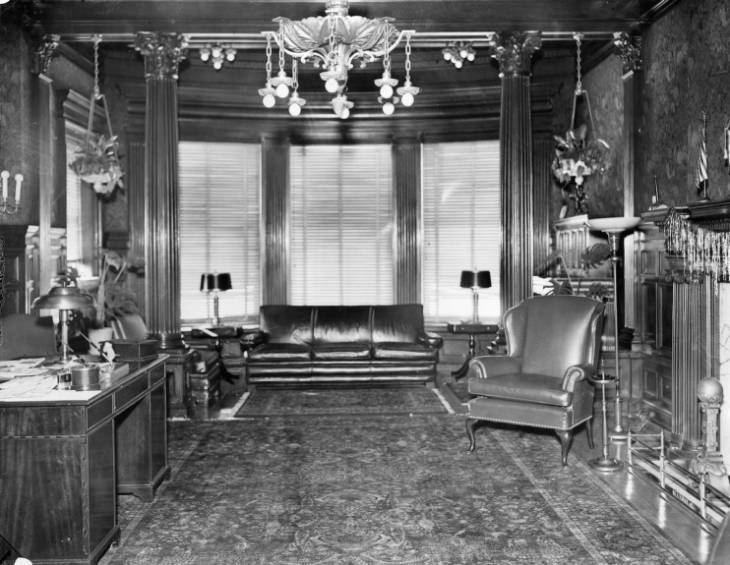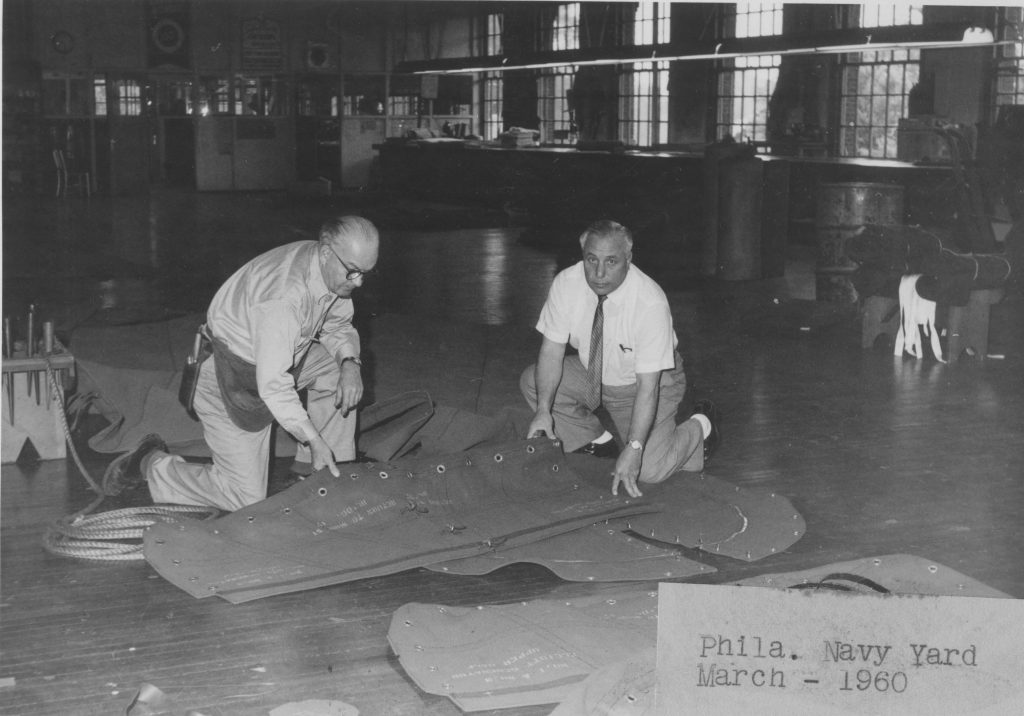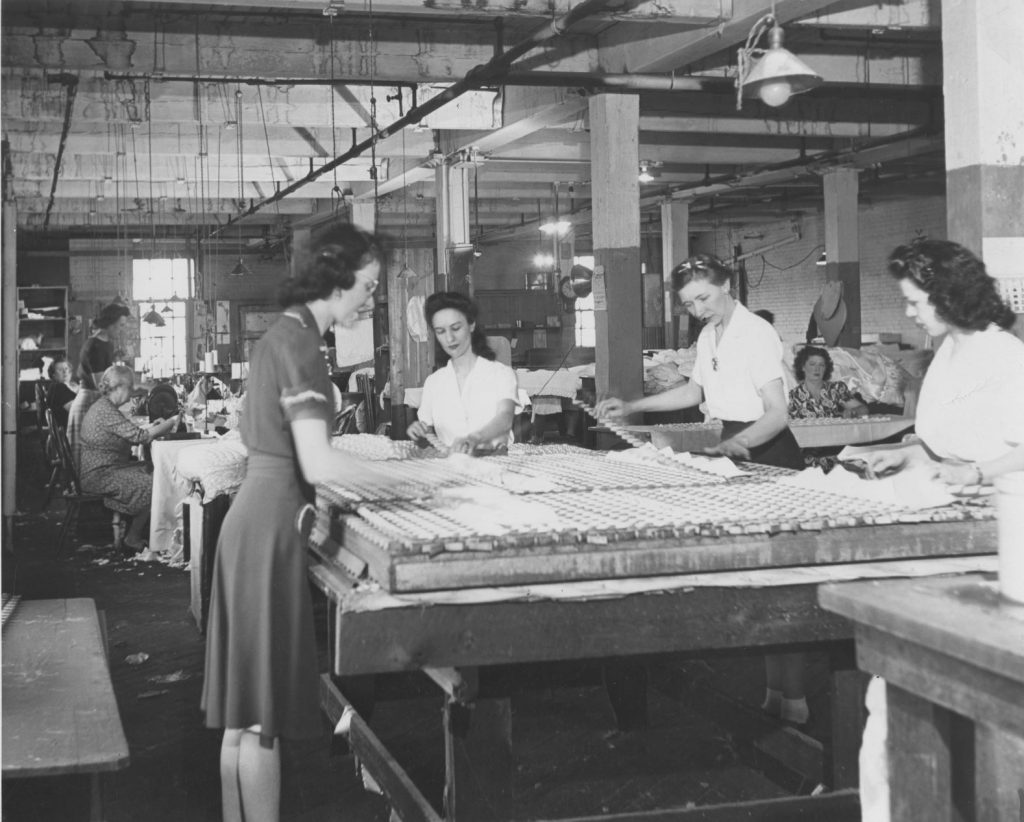
1945-12-29
The Burk Mansion, 1500 North Broad Street, was constructed in 1907 by business magnate Alfred E. Burk. The Italian Renaissance Revival style mansion is one of the last of the surviving historic houses in Philadelphia built by wealthy industrialists during the late nineteenth and early twentieth centuries. The grand structure embodies an era of prosperity and grandeur along the once affluent North Broad Street thoroughfare.
The Burk family immigrated to the United States from Germany, settling in Philadelphia in 1854. Alfred was one of eight children born to David and Charlotte Reinman Burk. Alfred and his older brothers Charles and Henry founded Burk Brothers and Company, which manufactured and distributed glazed kid leather goods worldwide. He shared ownership with his brother Louis of the Garden Pier in Atlantic City and served as Vice-President of the Atlantic City Steel Pier Company. Burk was also involved in the political arena becoming a Pennsylvania delegate to the Republican National Convention in 1920. Burk died on May 13, 1921. He never married and willed his estate to his surviving sisters Louise and Minnie who resided in the home until 1942.
Burk Mansion was designed by Simon and Bassett, one of the most prestigious architectural firms in Philadelphia at the time, and constructed by John Gill and Company. The Mansion cost $256,000 to build (about 1.7 million in today’s dollars). The three-story building contained 27 rooms, and 7 bathrooms, and included a carriage house and garage that surrounded a beautiful enclosed outdoor garden space. On the eastern end of the property, Burk constructed a conservatory with and indoor garden and suite for the gardener. The large plate-glass windows on the conservatory allowed the public to admire the garden from the street. Like so many industrialists of his time, Burk presented an ostentatious display of his wealth and social status to those around him

The Upholsterers International Union of North America (UIU) purchased the Burk Mansion in 1945 to serve as its headquarters for union operations. The UIU was organized in Chicago, Illinois in 1892, and represented workers employed in the upholstered furniture, wood furniture, bedding, burial casket, and canvas products industries and related crafts and trades. The UIU became affiliated with the American Federation of Labor in 1900. A split in the union rank and file over ideology and mission led to the formation of the United Furniture Workers of America in 1937. Despite this set back the UIU continued to move forward expanding its ranks from 20,000 members in 1937 to 30,000 members in 1940. Early union membership was comprised mostly of Jewish and Italian skilled workers. In 1955, the AFL merger with the Congress of Industrial Workers to form the AFL-CIO helped diversify the union base to include more Africans American and other minorities. By the 1970s, the UIU had roughly 60,000 members organized in 176 locals in the United States. In October 1985, the union merged with the United Steelworkers of America.
The UIU’s renovations to the building included the installation of offices, an elevator, and an air conditioning system. A three-story addition was constructed on the north side of the property in 1953. However, by 1970 the UIU had outgrown the confines of the mansion as it shifted its organizing activities to the southern states following relocation of most of the furniture jobs.

Temple University purchased Burk Mansion from UIU in September 1970 for $375, 000 and repurposed the property to use as a day care center and offices for the School of Social Administration and the Center for Social Policy and Community Development. The building was abandoned following a fire in the mid-1990s, and officially closed in 1995. The Philadelphia Historic Commission endorsed the property as a historic site in January 1971, and it was included in the American Buildings Survey of the Library of Congress in July 1973.
To learn more about Upholsterer’s International Union of North America, view the following finding aids for collections found in the Special Collections Research Center.
Upholsterers International Union of North America Photograph Collection
Benjamin W. Barkas Papers
–Brenda Galloway-Wright, Associate Archivist
